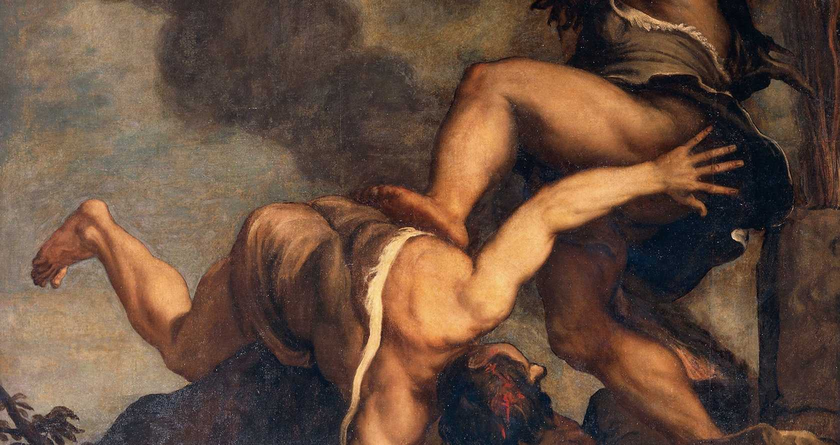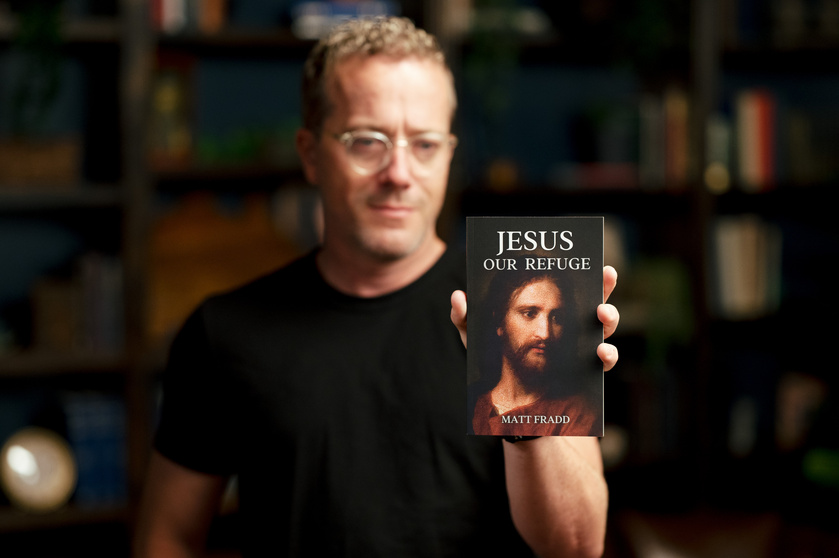I’m currently reading an advanced copy of Adrew Klavan’s new book The Kingdom of Cain: Finding God in the Literature of Darkness (I'll be interviewin him about it in a few months).
So far, it’s excellent.
Early on, Klavan takes up the difficult question of how to define evil—what it is and how we should understand it. In doing so, he engages with various thinkers, including Schopenhauer, who wrote: “the concept of right contains merely the negation of wrong.” In other words, Schopenhauer suggests that what we call “right” isn’t something real or positive in itself—it’s simply the absence of wrong.
Klavan ultimately rejects this view, and in this article, I’d like to explain why he’s right to do so. According to St. Thomas Aquinas, it’s not wrongness that comes first, but rightness. Good is primary. Evil is always a privation—a lack of the good that ought to be there.
In the Summa Theologiae I, Q.48, A.1, Aquinas asks: “Whether evil is a nature?” He considers the objection that evil must be a nature, because the Philosopher (Aristotle) says, “good and evil are not in a genus, but are genera of other things.” (Which basically means that good and evil aren’t categories of things themselves, but ways of describing things in other categories—like actions, qualities, or beings). But Aquinas replies:
“Evil is not a being, but the absence of being. And hence evil is neither a genus nor a species, but rather a kind of non-being.”
At this point you might be tempted to misunderstand him. Aquinas is not saying that evil isn’t real. It is. But its reality is parasitic on the good—like rot in wood or a hole in the carpet. A hole is “real,” but it doesn’t have existence in itself. It’s the lack of what ought to be there.
He writes:
“Evil is the privation of good… and thus evil is not an essence or nature but a defect.”
(ST I, Q.48, A.1, ad 1)
Aquinas illustrates this with examples from physical defects. Blindness, for instance, is a kind of evil—but it’s not a “thing.” It’s the absence of sight in a creature that ought to have it.



















